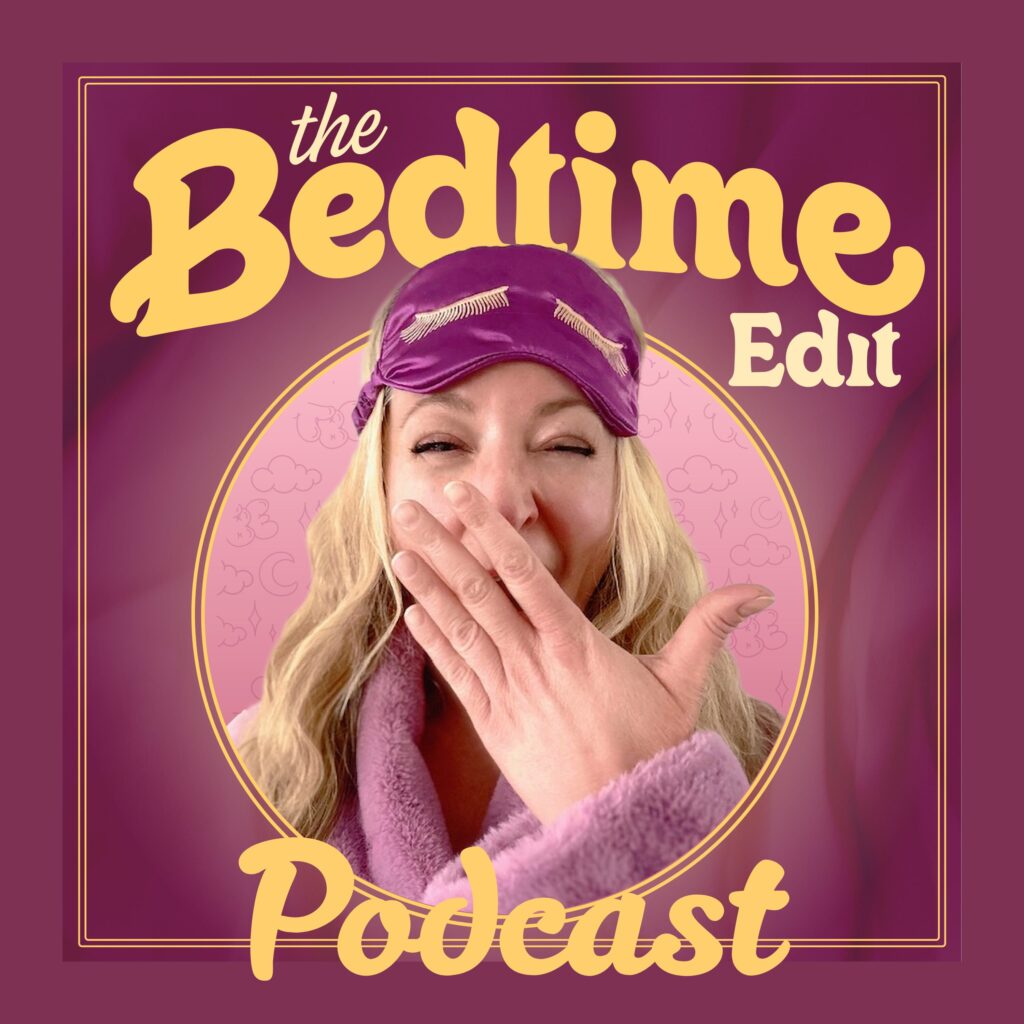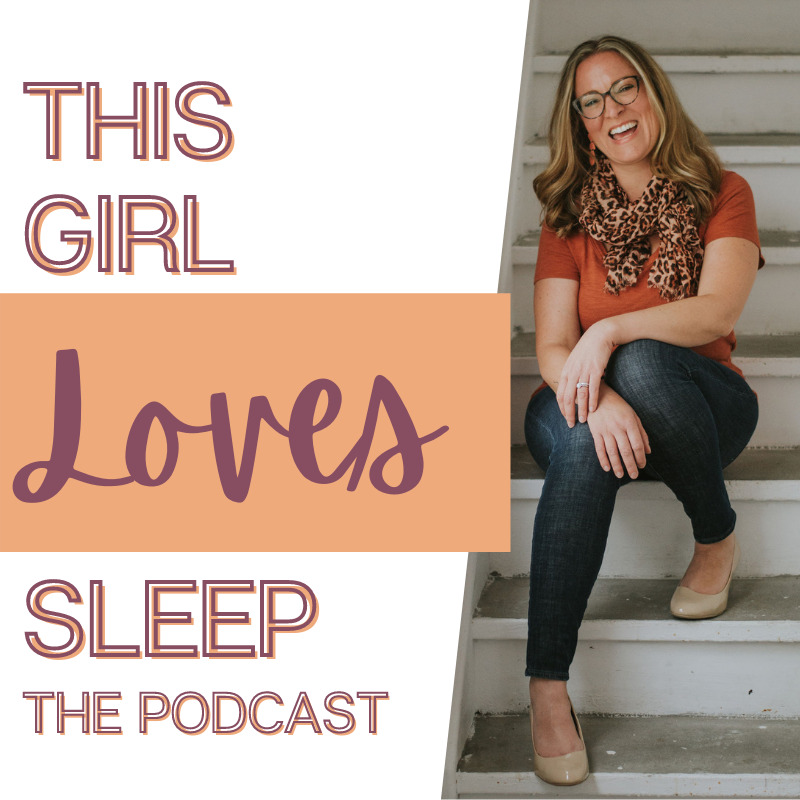We know that there’s so much news to digest these days, but one recent story we think is worth discussing is the push to make Daylight Savings Time permanent in Ontario. Just last week, Ottawa West – Nepean MPP Jeremy Roberts brought forward The Time Amendment Act, which would put an end to the twice yearly process of changing our clocks.
Daylight Savings Times begins in early March, with the clocks springing forward an hour. Under the proposed change, with permanent daylight saving time we wouldn’t move the clocks back an hour in the fall. Once we were in daylight savings, we’d no longer move the clocks forward or back at all.
Sign Up For Our Newsletter
While there are still several steps in the process to make this significant change come into effect, the idea has gained a lot of traction. In fact, the proposed change has already passed the second reading in legislature at Queen’s Park, supported by the idea that it would be better for our health and even our economy.
4 Ways Permanent Daylight Savings Time Will Negatively Impact Our Sleep
It’s not surprising that most people are in favour of eliminating the bi-annual time change that wreaks havoc on our sleep schedules, but it’s important to make sure we choose the right solution when we do.
One of the biggest pushes for permanent Daylight Savings Time comes from the fact that stopping the bi-annual clock change would mean it would stay lighter for longer in the evenings. Some argue that the added evening light all year long would result in happier people as well as a stronger economy, due to an increase in evening shopping and restaurant dining.
Yet health experts and scientists aren’t on board. They don’t think that the potential benefits of permanent Daylight Savings Time are worth it, and in fact, they think the negative side effects far outweigh the positive.
Here are four reasons why moving to permanent Daylight Savings Time does not support our sleep or our overall health:
- People actually experience greater health benefits from having more sunlight in the morning as opposed to adding sunlight in the evening. Morning light helps suppress our natural sleep hormone melatonin, helps us wake up more naturally, and speeds up our natural body clock.
- The added permanent light in the evenings will most likely result in even more inconsistent sleep schedules. When too much daylight pushes into the evening hours, it messes with our internal clocks by tricking us into thinking we should be staying up later because it’s lighter out.
- Scientists have proven that seeing more light in the morning is essential to our health. Without it, people will be even more prone to developing cancer, diabetes, and obesity. A permanent Daylight Savings Time schedule will have us waking up in the dark more frequently, working against our natural body clock, which can raise the lifetime risk of cancer by up to 70%.
- Too much light later in the afternoon and darker mornings will move most of us to wake up later and stay up later. We’ll be completely out of step with our environment, leaving a lot of people feeling constantly groggy and chronically overtired. In southern Ontario, the sun wouldn’t rise until close to nine o’clock in the morning in the later part of December!
Scientists and Health Experts Support Permanent Standard Time
So, if permanent Daylight Savings Time isn’t the solution to stopping the clock shifts, what is? Scientists and health experts vote for Standard Time, also known as wintertime. When Daylight Savings Time ends in early November, we would stop moving our clocks forward or back from then on, permanently remaining in Standard Time.
On a permanent Standard Time schedule, there would be increased light in the mornings, both in fall and winter. More morning light helps to speed up our body clock, which is essential for building our drive to fall asleep and sleep well at night. Better sleep means a much better ability to function well at work and at school.
Standard Time matches up closely with solar time, meaning the clock strikes noon when the sun is highest in the sky. This is consistent with our internal circadian rhythms which regulate our melatonin release and body temperature. Our bodies respond naturally to the position of the sun, not the time shown on a clock.
Because Standard Time does a much better job at supporting our natural sleep rhythms, we’d also see positive effects related to overall body function, psychological well-being and mental performance. Using Standard Time throughout the year really is the better option, especially in our already sleep deprived society. Sleep has such a strong positive correlation to better health and wellness, so it’s no wonder health experts are sounding the alarms about the possibility of permanent Daylight Savings Time.
Here’s How to Manage the Upcoming Fall Time Change This Year
For now, our clocks are still scheduled to go back an hour on Sunday, November 1st and end Daylight Savings Time for another year. Most people will adjust to the time change in about a week or so. If you don’t have sensitive sleepers at home, you can probably just give everyone time to adjust on their own. For families with young children, keep in mind that kids may be crankier than usual that first week while their bodies wait to sleep and eat.
If you are looking for ideas on how to make the time change a smoother transition for your kids, implement a gradual shift in their schedule. About a week before the time change, shift your child’s bedtime and wake time to be 15 minutes later than usual. Continue to shift bedtime by 15 minutes each night until you reach the one hour later time that will align with the fall time change (1 hour = 4 nights of 15-minute increments).
Since the fall time change can trick us into thinking we get an extra hour of sleep, don’t use it as an excuse to stay up later thinking you can just sleep in later the next morning. Stick to your regular routine as best you can – it’s not just the kids that will need time to adjust! Article source










